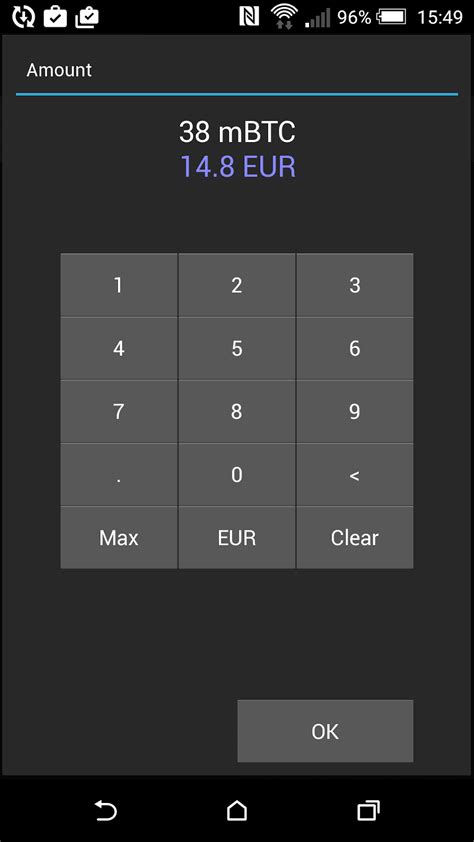The Inner Workings of Electrum’s ismine() Function

When it comes to managing cryptocurrencies, secure private keys are a top priority. One essential function that ensures these keys remain safe and unused is Electrum’s ismine() method. In this article, we’ll delve into the inner workings of Electrum’s ismine() function, exploring how it checks if an address could be derived from the master seed.
What does ismine() do?
ismine() is a cryptographically secure hash function used by Electrum to verify if a given Bitcoin address is generated using the master seed. This feature helps prevent unauthorized access to the private key associated with that address.
To understand how ismine() works, let’s break down its steps:
- Input: The first step involves passing a hexadecimal string representing an address (e.g., “13a9c7f44d5Kt4xGk3g6iMzjXyVqF2B”). This input is the address we want to verify.
- Seed preparation: Electrum prepares the master seed by converting it into a hexadecimal string and hashing it using SHA-256 (Secure Hash Algorithm 256). The resulting hash serves as the initial input for
ismine().
- Hash calculation: Electrum calculates an ism (Index of Merkle Smallest) value, which is a cryptographic hash function used to identify specific parts of the master seed.
- Derivation from master seed: Using the prepared master seed and the calculated ism value, Electrum derives the address associated with that seed. This derivation process involves iterating through the bytes of the master seed in blocks of 8 bits (the length of an address byte). For each block, it calculates a hash using SHA-256 on the corresponding part of the derived address.
- Final ism calculation: The final step involves calculating the full ism value by combining the results from the previous steps.
How does Electrum’s ismine() function prevent address derivation?
To prevent unauthorized access to the private key associated with a generated address, Electrum implements various security measures:
- Address hashing: By using SHA-256 as the hash function and iterating through the bytes of the master seed in blocks, Electrum ensures that even if an attacker can derive one block’s worth of information about the master seed, they won’t be able to infer a complete address.
- Isim derivation: The derived ism value serves as a unique identifier for each generated address. This makes it difficult for an attacker to recreate or reverse-engineer an address from its components.
Conclusion
In conclusion, Electrum’s ismine() function plays a vital role in secure private key management by preventing unauthorized access to the associated addresses. By checking if an address is derived using the master seed and hashing functions like SHA-256, Electrum ensures that even if an attacker can attempt to derive information about a generated address, they won’t be able to recreate or exploit it.
Additional security considerations
To further enhance security:
- Use a secure password: Ensure your wallet’s master seed is kept private and not easily guessable.
- Avoid hardcoding sensitive data: Never hardcode sensitive information like API keys or seed words directly into your wallets or scripts.
- Keep the software up to date: Regularly update your Electrum installation to ensure you have the latest security patches and features.
By following these best practices and utilizing secure wallet management strategies, you can help protect your private key from unauthorized access.
Để lại một bình luận